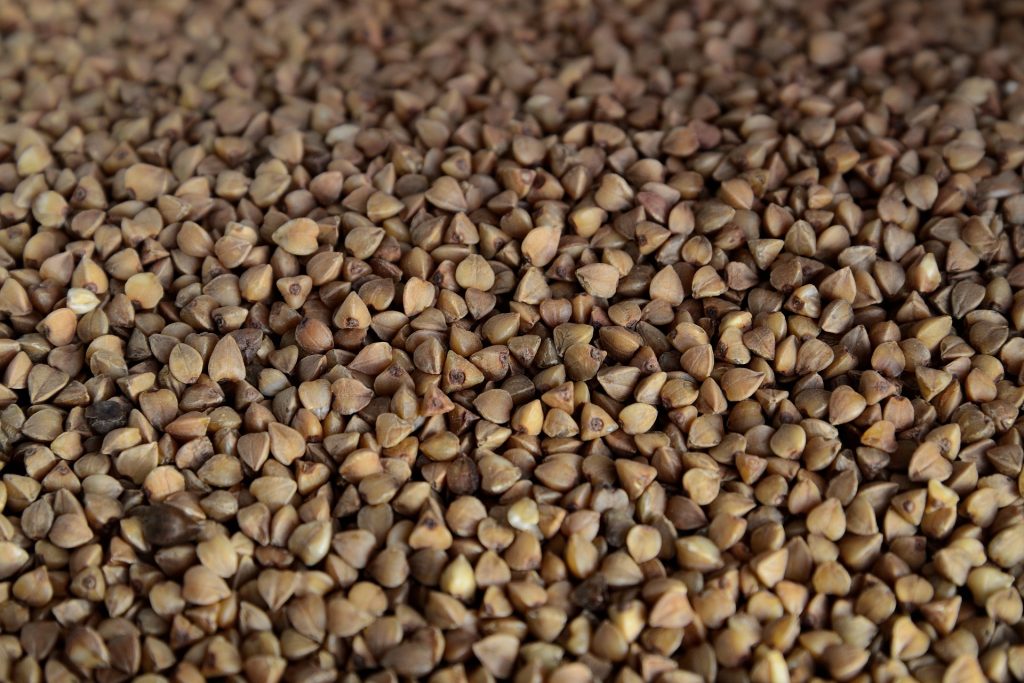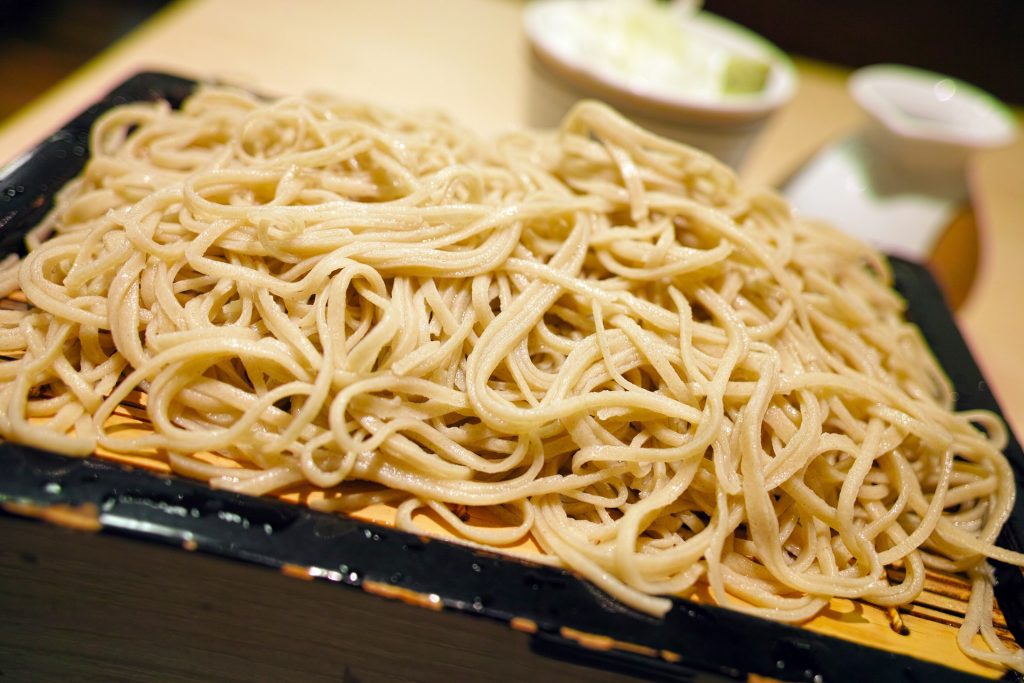Despite its name, buckwheat is not actually related to wheat. It is a “pseudo-cereal”, meaning it is technically not a cereal grain but is nutritionally very similar. Buckwheat produces fragrant flowers that attract bees, and the nectar is used to produce a dark, distinctive honey.

Why Eat Buckwheat?
- Buckwheat is a good source of high-quality protein, soluble fiber, copper, and magnesium.
- Like other whole grains, eating buckwheat may help control cholesterol, blood pressure, blood sugar, and reduce the risk for heart disease.
- Compounds in buckwheat called flavonoids have anti-inflammatory and anti-cancer properties.
- 1/2 cup of cooked buckwheat provides about 77 calories, 3 grams of protein, and 2 grams of fiber.
Varieties
“Common” buckwheat is the variety most widely available, but it can be found in an array of forms:
- Buckwheat groats — hulled, whole grain buckwheat is great for making hot cereal, hearty soups, or even salads.
- Kasha — roasted buckwheat groats, often used as a hot cereal.
- Buckwheat flour — can be added to traditional baked goods like pancakes or breads, or used as an ingredient in gluten-free baking.
- Soba noodles — traditional Japanese noodles made of buckwheat flour, can be used in both hot and cold dishes.

Helpful Tips
Unless you are making hot cereal, coating groats with an egg or oil before adding water can dramatically improve texture.
Did You Know?
Buckwheat is a naturally gluten-free food and a healthful substitute for those who do not tolerate wheat.
In some countries, buckwheat tea is common. See if you can find it in stores, or try making your own at home.


